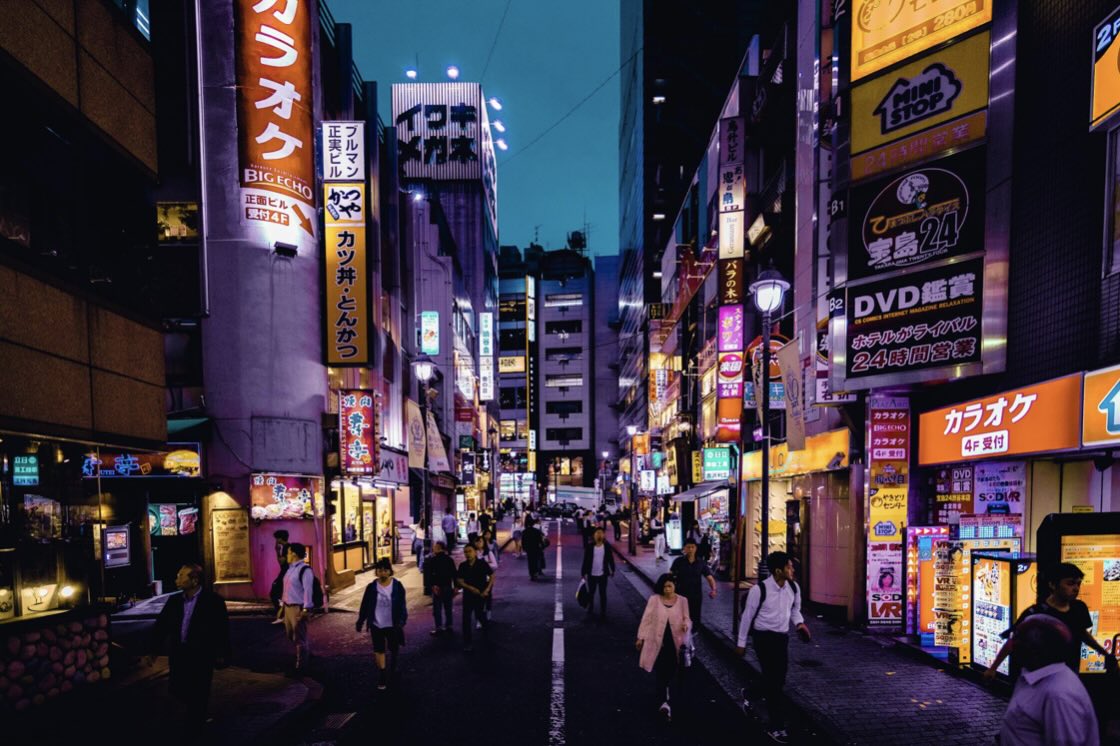Apr 13 (News On Japan) - Japanese cinema has a long and rich history, and its influence on filmmaking has only grown in recent decades.

From the groundbreaking works of Akira Kurosawa to the global reach of anime and horror, Japan’s cinematic traditions have impacted filmmakers and audiences around the globe.
The Golden Age of Japanese Cinema
The golden age of Japanese cinema, particularly the 1950s and 1960s, was a period of innovation that would influence filmmakers for generations. Directors like Akira Kurosawa, Kenji Mizoguchi, and Yasujirō Ozu created works that were not only celebrated in Japan but also garnered international attention. Kurosawa’s Rashomon (1950) introduced global audiences to Japanese cinema and became a turning point in the history of world film. His exploration of storytelling through multiple perspectives changed how filmmakers think about narrative structure. Meanwhile, Ozu’s subtle family dramas and Mizoguchi’s historical epics left a lasting influence on directors such as Martin Scorsese, who often cites these filmmakers as major inspirations. Sites like cirque-saloon.jp and other entertainment blogs provide a resource for ongoing discussions about how these early pioneers continue to influence contemporary filmmaking.
How Japanese Filmmakers Inspired the World
One of the most significant contributions of Japanese filmmakers is their ability to blend traditional storytelling with innovative techniques. Akira Kurosawa, known for films like Seven Samurai (1954), set the stage for what would later become a worldwide appreciation for Japanese films. His influence can be seen in Hollywood blockbusters like Star Wars and The Magnificent Seven, which directly adapted his storytelling style. Beyond live-action cinema, Japan has also played an important part in shaping the global animation industry. With anime now a dominant force, filmmakers like Hayao Miyazaki of Studio Ghibli have expanded the boundaries of animated storytelling. Films like Spirited Away (2001) have captivated audiences worldwide with their depth, rich visual storytelling, and distinct cultural perspectives.
Japanese Horror: a Global Phenomenon
Japanese horror cinema has also left an undeniable mark on the global film scene. In the late 1990s and early 2000s, films like Ringu (1998) and The Grudge (2002) popularized a specific brand of horror that relied less on gore and more on psychological tension, atmosphere, and eerie folklore. These films sparked a global trend for supernatural horror, influencing numerous Western remakes, including The Ring (2002) and The Grudge (2004). The subtle, slow-building dread of Japanese horror, combined with its focus on cultural fears and anxieties, has inspired countless filmmakers around the world to explore different avenues of horror filmmaking.
Modern Japanese Directors
Directors like Hirokazu Kore-eda, Mamoru Hosoda, and Takashi Miike are all pushing the boundaries of storytelling. Kore-eda’s intimate family dramas, such as Shoplifters (2018), which won the Palme d'Or at the Cannes Film Festival, have captured the attention of audiences worldwide. Meanwhile, Mamoru Hosoda’s animated films, such as The Boy and the Beast (2015), have garnered a strong international following. Takashi Miike, known for his daring and genre-bending works like Audition (1999) and 13 Assassins (2010), has influenced Western filmmakers looking to push the limits of violence and storytelling.
Japan's Ongoing Impact on Cinema Globally
Japanese cinema’s influence on filmmaking is undeniable and continues to grow. From its early innovators like Kurosawa to anime and Japanese horror, Japan’s cinematic legacy continues to shape the art of filmmaking across the globe.















